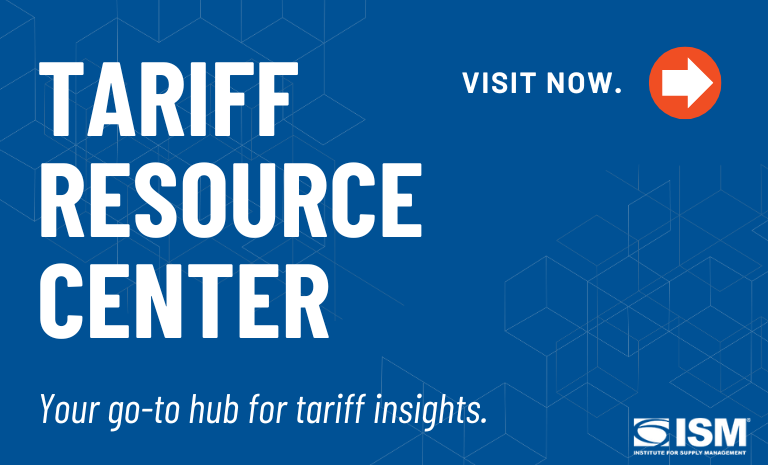Inside Supply Management Magazine
November/December 2022
Articles
Celebrating Achievement, Providing Inspiration
November 08, 2022
The inaugural ISM® Supply Chain Trailblazer Awards recognize organizational programs, teams and initiatives that have addressed problems, optimized processes and set examples for the profession.

With the profession focused on solutions and strategies to ongoing disruptions and challenges, Institute for Supply Management®’s (ISM®) inaugural Supply Chain Trailblazer Awards are appropriately timed. The awards recognize 17 programs from 15 organizations that have addressed supply chain challenges, exceeded expectations and set new standards.
...Want More Magazine?
Oh no... we really want you to have access to all of this great content! Membership does have its benefits and Inside Supply Management magazine is just one piece to help you advance your organization and your career. Learn more and join our community.

